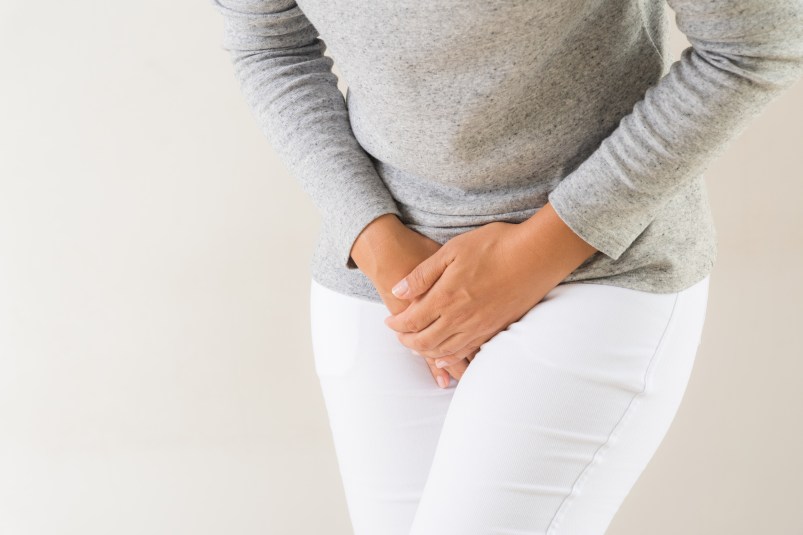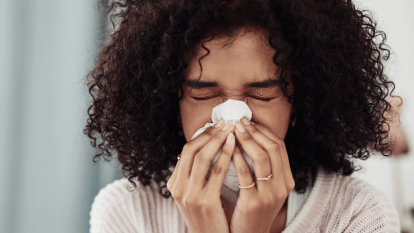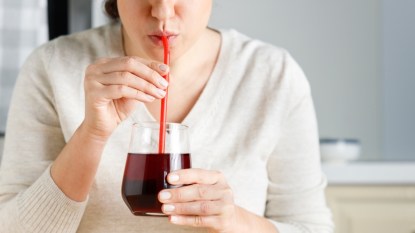Uterine Fibroids: Everything You Need to Know About Treatment and Prevention
Including when it's time to see a doctor.

Being a woman is no walk in the park. The list of issues a woman can experience during her lifetime is extensive. But luckily, with expert advice and a little self-care, problems like uterine fibroids don’t have to weigh us down.
With that in mind, we teamed up with U by Kotex partner Dr. Jessica Shepherd, OB/GYN, MD, MBA, to bring you some information about uterine fibroids, what causes them, and how you can treat and prevent them. Check out what she had to say below.
What are uterine fibroids?
“Uterine fibroids are benign tumors that develop along the wall of the uterus. Fibroids sometimes push against the uterine wall, causing pain and discomfort,” says Dr. Shepherd.
You can have just one fibroid or an outbreak of multiple growths along the uterine wall. While fibroids appear in the uterus, they’re not associated with an increased risk of uterine cancer, and fibroids rarely turn into tumors.
What causes fibroids?
According to Dr. Shepherd, “Fibroids grow from the muscle layers of the uterus and can develop as a result of high estrogen levels. Potential causes might include high blood pressure, low vitamin D levels, obesity, or long-term stress. Women over the age of 40 and women of color are at a higher risk for fibroids.”
Compared to normal uterine muscle cells, fibroids contain more estrogen and progesterone receptors. After menopause, fibroids have a tendency to shrink thanks to the decline in hormone levels.
What are the symptoms of fibroids?
Some will not know that they have fibroids because symptoms may not appear. On the other hand, depending on the size of and severity of fibroids, you can experience a range of side effects. “Symptoms can include an abnormally heavy or long-lasting period. Women know their own body best, and everyone has a different ‘normal,'” says Dr. Shepherd. “If your flow gets noticeably heavier, or if you experience shortness of breath and dizziness with heavy bleeding, you should talk to your OBGYN. Your OBGYN may request an ultrasound, MRI, or biopsy to determine the cause of the heavy bleeding.”
She adds, “Other fibroid symptoms include anemia (from significant loss of blood), heavy cramping, lower back pain, painful intercourse, or nausea.” Some other things you might notice, according to the Mayo Clinic, include difficulty emptying your bladder, leg pain, and frequent urination.
How to Treat and Prevent Fibroids
Luckily, there are plenty of options to help tackle the issue. “There are multiple ways to treat fibroids, like medication to lower estrogen levels or through surgery, such as a myomectomy, hysterectomy, or a Uterine Artery Embolization (UAE),” Dr. Shepherd explains.
But as always, prevention with a healthy lifestyle is a great approach to avoiding the problem before it starts. Dr. Shepherd agrees, “Practicing self-care to improve everyday life or following a plant-based diet with enough vitamins and nutrients can help decrease the risk of developing fibroids. Finally, to help manage heavy bleeding, I recommend using U by Kotex pads and liners like the Allnighter® Ultra-Thin Pads with Wings ($10.30, Walmart).”
All this being said, if you’re experiencing pain or any of the other symptoms mentioned, make an appointment to talk to your doctor. Dealing with fibroids doesn’t have to be so scary, so make sure you’re exploring treatment options and taking preventative measures by living a healthy lifestyle and keeping your stress levels low.
Here’s to a happy, healthy uterus!













